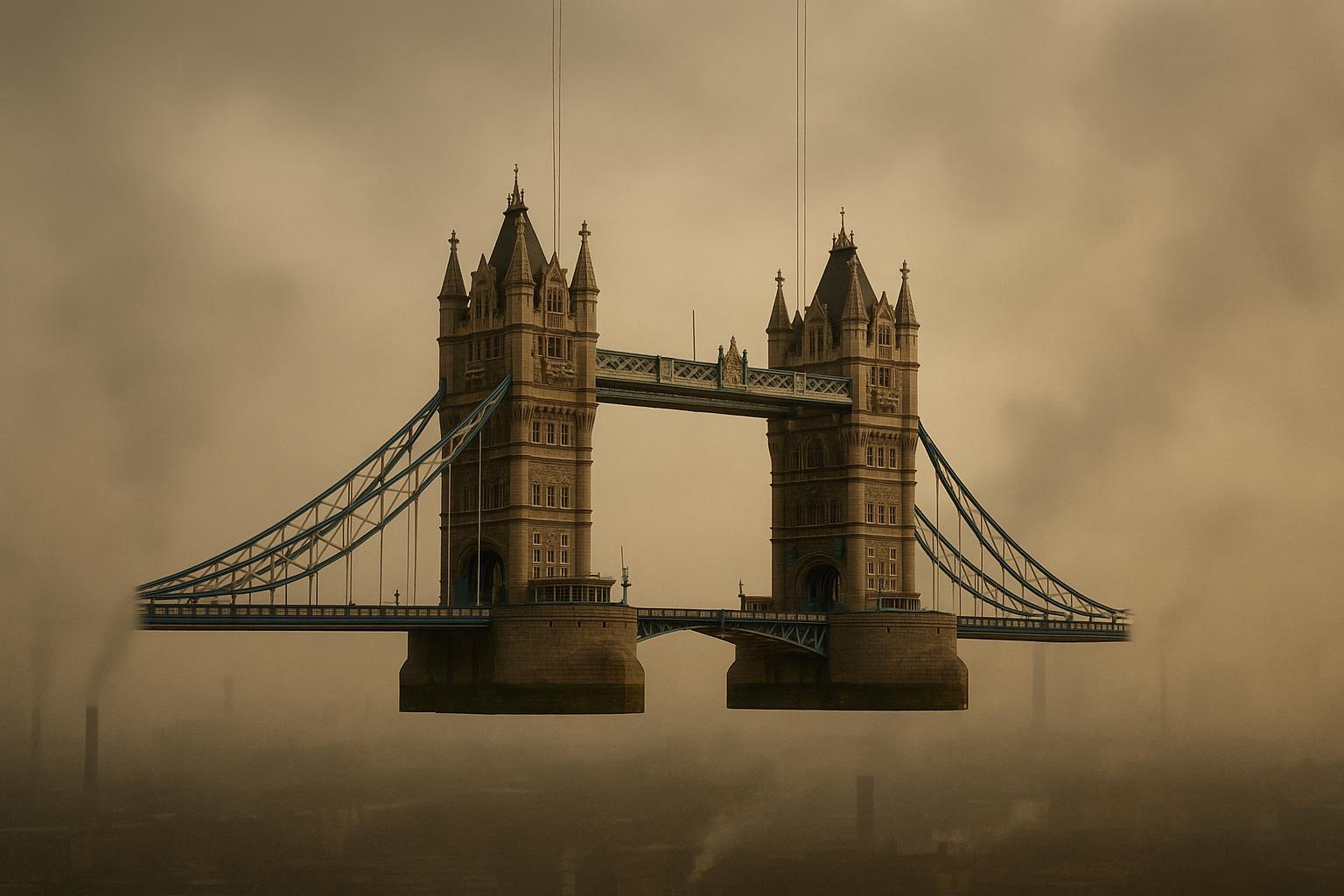Tower Bridge, an iconic symbol of London often mistaken for its neighbour London Bridge, was constructed to meet the pressing demands of a rapidly expanding city in the 19th century. By the latter half of the 1800s, London’s commercial trade was flourishing, drawing an estimated one million people to live and work east of London Bridge. Yet, the journey into central London was arduous, taking up to two hours on foot or requiring a ferry crossing. Recognising this challenge, the city sought a new crossing to better connect London’s industrial east with the rest of the Thames.
In 1876, a Special Bridge Committee was established to address this issue, initiating a public competition that attracted over 50 design submissions. However, the competition was ultimately abandoned in favour of a redesigned proposal by the city architect, Sir Horace Jones. Jones, who was also the surveyor to the City of London and had prior architectural acclaim for projects such as Smithfield Market and Leadenhall Market, collaborated with the civil engineer Sir John Wolfe Barry to realise the design. The partnership blended Jones’s architectural vision with Barry’s engineering expertise, producing plans that combined suspension and bascule bridge elements. These plans were approved in 1884.
Construction of the towered bascule bridge commenced in 1886 and took eight years to complete, a complex endeavour involving multiple contractors and labourers. Tragically, Sir Horace Jones died in 1887, seven years before the bridge's opening, leaving Sir John Wolfe Barry to oversee the final stages and completion of the project. Barry, a highly respected engineer also known for his work on the Cannon Street and Blackfriars Railway Bridges, ensured that the bridge met high standards of both functionality and aesthetics. He later received a knighthood in 1897 in recognition of his contributions to engineering and this landmark structure.
The completed Tower Bridge officially opened in 1894 and has since become a testament to Victorian engineering and architectural ingenuity. Its unique design allowed for the passage of ships into the Port of London while facilitating road traffic across the river. Today, Tower Bridge not only serves as a critical piece of infrastructure but also stands as a historical monument, preserving the legacy of the collaborative effort between two visionary men in response to London's industrial growth and urban challenges.
📌 Reference Map:
- Paragraph 1 – [1], [5], [7]
- Paragraph 2 – [1], [2], [5], [6], [7]
- Paragraph 3 – [1], [3], [5], [6], [7]
- Paragraph 4 – [1], [3], [5], [7]
Source: Noah Wire Services
